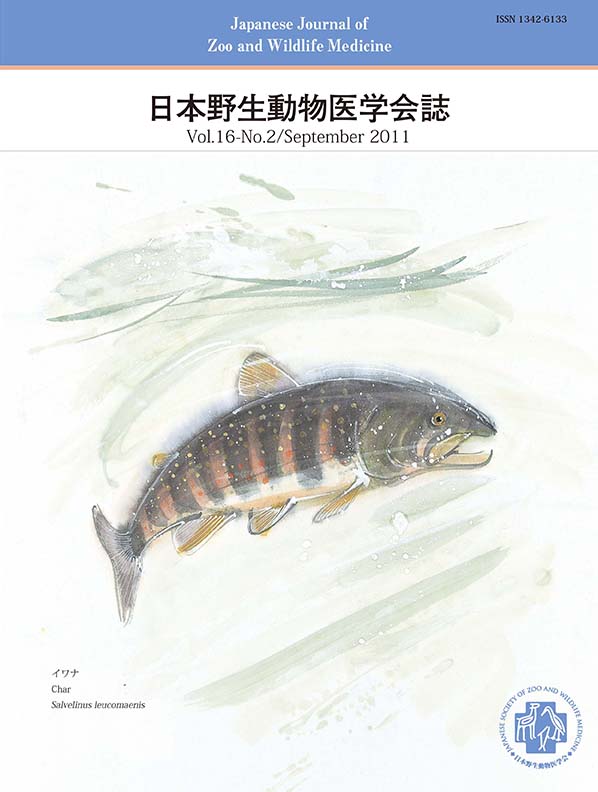Volume 16, Issue 2
Displaying 1-11 of 11 articles from this issue
- |<
- <
- 1
- >
- >|
Special articles
-
2011 Volume 16 Issue 2 Pages 79-82
Published: September 30, 2011
Released on J-STAGE: July 26, 2018
Download PDF (230K) -
2011 Volume 16 Issue 2 Pages 83-88
Published: September 30, 2011
Released on J-STAGE: July 26, 2018
Download PDF (331K) -
2011 Volume 16 Issue 2 Pages 89-95
Published: September 30, 2011
Released on J-STAGE: July 26, 2018
Download PDF (668K) -
2011 Volume 16 Issue 2 Pages 97-102
Published: September 30, 2011
Released on J-STAGE: July 26, 2018
Download PDF (273K) -
2011 Volume 16 Issue 2 Pages 103-109
Published: September 30, 2011
Released on J-STAGE: July 26, 2018
Download PDF (292K) -
2011 Volume 16 Issue 2 Pages 111-113
Published: September 30, 2011
Released on J-STAGE: July 26, 2018
Download PDF (176K) -
2011 Volume 16 Issue 2 Pages 115-119
Published: September 30, 2011
Released on J-STAGE: July 26, 2018
Download PDF (964K)
Full paper
-
Article type: Full paper(English)
Subject area: Parasitology
2011 Volume 16 Issue 2 Pages 121-126
Published: 2011
Released on J-STAGE: November 23, 2011
Download PDF (307K)
Research note
-
Article type: Research note(Japanese)
Subject area: Public health
2011 Volume 16 Issue 2 Pages 127-131
Published: 2011
Released on J-STAGE: November 23, 2011
Download PDF (387K) -
Article type: Research note(Japanese)
Subject area: Parasitology
2011 Volume 16 Issue 2 Pages 133-137
Published: 2011
Released on J-STAGE: November 23, 2011
Download PDF (669K) -
Article type: Research note(English)
Subject area: Animal genetics
2011 Volume 16 Issue 2 Pages 139-144
Published: 2011
Released on J-STAGE: November 23, 2011
Download PDF (1268K)
- |<
- <
- 1
- >
- >|
